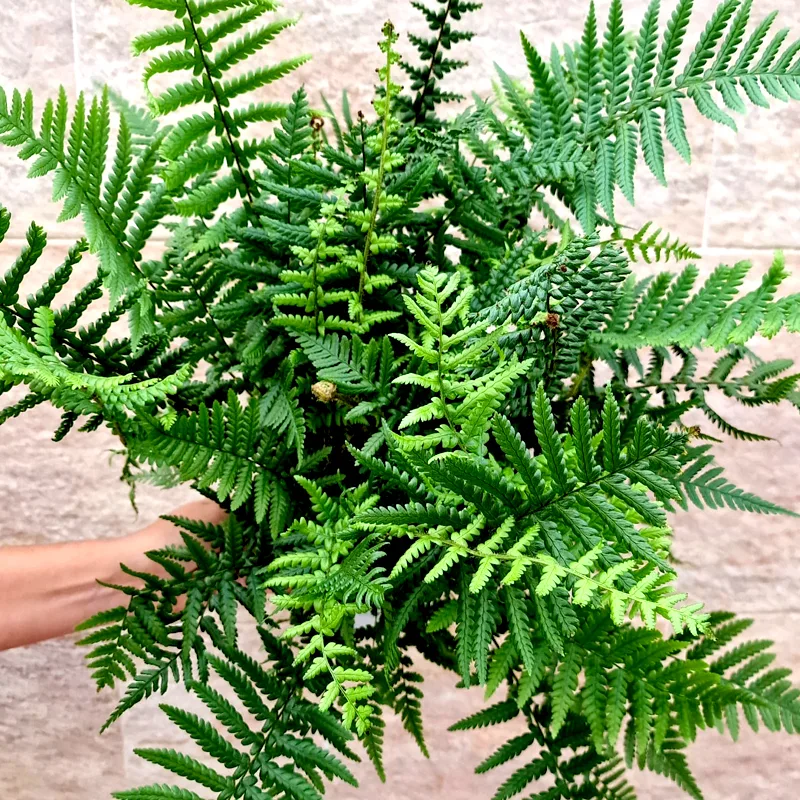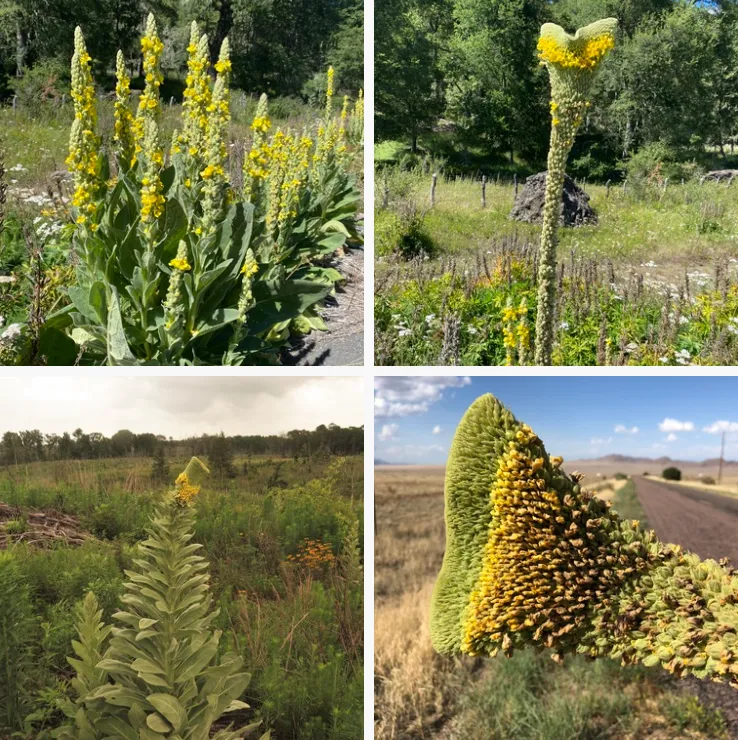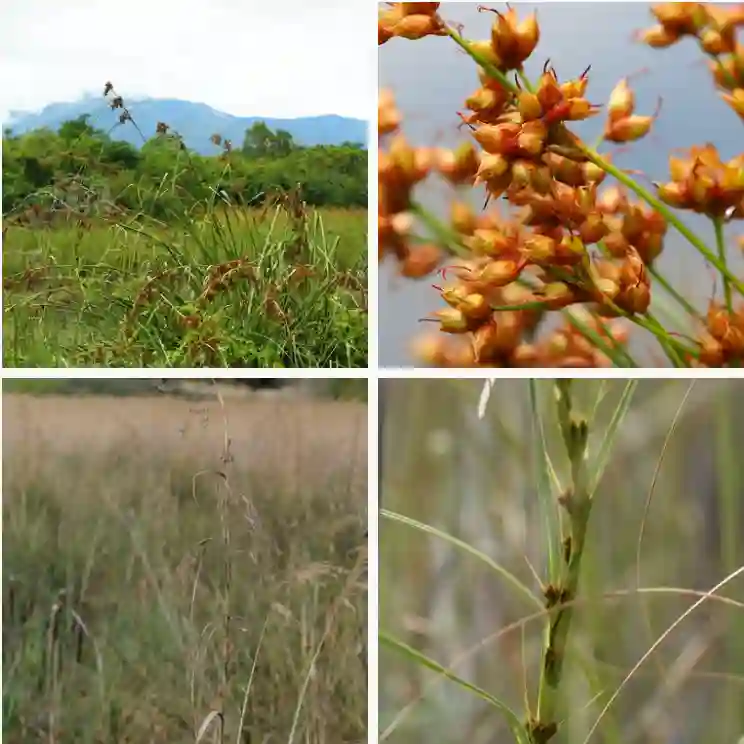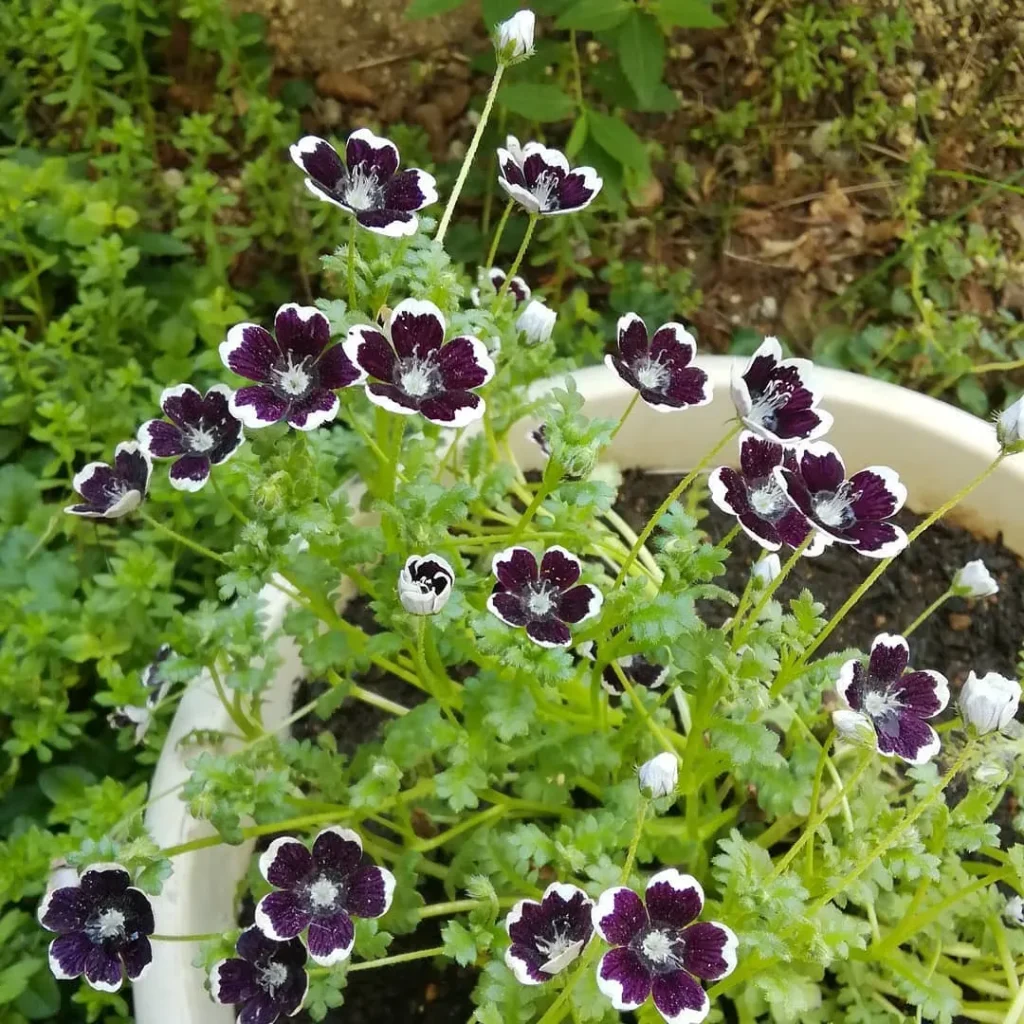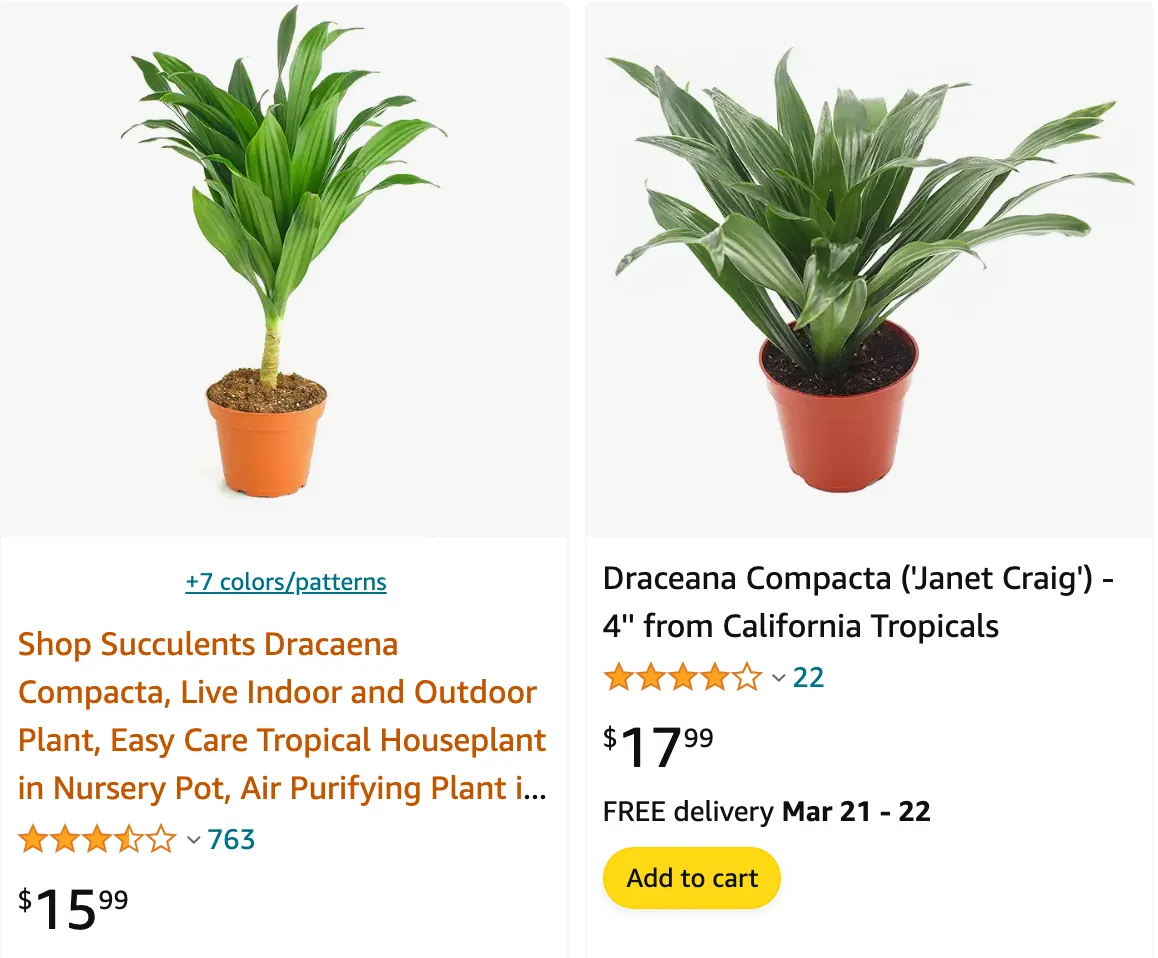
How to care for dracaena compacta?
Caring for my Dracaena Compacta has been quite a journey. I’ve found that it thrives in bright, indirect light, but can tolerate lower light conditions as well. I make sure not to overwater it, allowing the soil to dry out slightly between waterings. And, when it comes to fertilizing, I give it a diluted liquid fertilizer every couple of months during the growing season. Keeping an eye on pests like spider mites and mealybugs is crucial, as they can be quite pesky.
198 Species in Genus Dracaena
How to propagate dracaena compacta?
Propagating my Dracaena Compacta has been an exciting experiment. I’ve had success with stem cuttings, usually taken in spring or summer. After cutting a healthy stem, I let it callus over for a few days before placing it in a well-draining potting mix. Keeping the soil consistently moist but not waterlogged has been key for successful propagation. It’s always fulfilling to see new growth emerge from these cuttings, knowing I’ve played a part in their propagation.
How to prune dracaena compacta?
Pruning my Dracaena Compacta is something I approach with care. I trim off any yellowing or dead leaves to maintain its neat appearance and promote healthy growth. Occasionally, I’ll also prune back any leggy stems to encourage bushier growth. Sterilizing my pruning tools before and after use helps prevent the spread of diseases, ensuring the plant remains healthy and vibrant.
How often to water dracaena compacta?
Finding the right watering routine for my Dracaena Compacta has been a bit of trial and error. I’ve learned to check the soil moisture regularly and adjust watering accordingly. Typically, I water it every 1-2 weeks, allowing the top inch or so of soil to dry out between waterings. During the winter months when growth slows down, I reduce watering to prevent overhydration.
How to repot a dracaena compacta?
Repotting my Dracaena Compacta is an event that I undertake every couple of years or when it outgrows its current pot. When the time comes, I carefully remove the plant from its pot, gently loosen the roots, and place it in a slightly larger container with fresh potting mix. Making sure the new pot has proper drainage holes is crucial to prevent waterlogging, which can lead to root rot. After repotting, I give it a thorough watering and place it back in its preferred spot.
Is dracaena compacta also dracaena fragrans?
While Dracaena Compacta and Dracaena Fragrans are similar, they are distinct species. Dracaena Compacta, also known as Janet Craig Compacta, has shorter, more compact leaves compared to the broader leaves of Dracaena Fragrans. However, both species belong to the same genus and share similar care requirements. It’s always fascinating to observe the subtle differences between plant varieties, especially within the same genus.
What does a healthy dracaena compacta look like?
A healthy Dracaena Compacta is a sight to behold. Its leaves are vibrant and glossy, with no signs of discoloration or wilting. The plant maintains a compact, bushy form, with new growth emerging regularly. I often find myself admiring its lush green foliage and the sense of tranquility it brings to its surroundings. Keeping up with proper care routines ensures my Dracaena Compacta remains in top condition, adding a touch of greenery to my space.
What soil to use for dracaena compacta?
Choosing the right soil for my Dracaena Compacta has been essential for its overall health and well-being. I opt for a well-draining potting mix specifically formulated for indoor plants. A blend of peat moss, perlite, and coarse sand provides good aeration and drainage, preventing waterlogged soil which can lead to root rot. Adding some organic matter like compost or aged bark helps retain moisture while also supplying essential nutrients. With the right soil mix, my Dracaena Compacta can thrive and flourish in its pot.
If i die, water my plants!
